Markley’s Fevered Brain: A Wide Universe
by Wayne Markley
One thing that I have always loved in comics is the concept of a shared universe. Marvel was great at this in the early days, even though over the years it have become quite complex and muddled. This is why Marvel is doing Secret Wars this summer which will supposedly simplify things and bring everything into one world. DC has always had a hard time with this concept, even though they seemed to pioneer the multiverse concept. Others have done it very well, Valiant (under Jim Shooter) comes to mind and there are other worlds from Disney’s Ducks to television worlds (X-Files, Buffy, etc.) that have had mixed results.
In the early days of Marvel, meaning the first couple of years of Marvel after they launched the Fantastic Four and went with the concept of super-heroes, they quickly established that all of their heroes were in the same universe, and most of them were based in New York City. What Stan Lee was able to do is tell stories where heroes crossed over in the background for just a panel or two. For example, in an issue of Fantastic Four you would see Spider-Man swinging by in the background in one panel and the caption would say something like “Spider-Man is on his way to deal with the Kingpin, see his current issue”. By doing this, Lee was able to create a unified world where you wanted to read the other books as each book was a brick in the bigger universe. He was able to carry subplots, such as a villain’s failed crime being referred to in the villain’s next appearance that was not in the book they appeared in prior. This way of storytelling was the blueprint for future universes such as Valiant and Crossgen. While this was a unique idea at the time, Stan Lee (and his cohorts Jack Kirby, Steve Ditko, etc.) were able to do this because they had such a small number of titles; eight for a large part of the ‘60s, and because they based the stories in the real world. In the late 1960s and on, as Marvel was able to expand the number of titles they were publishing and Stan Lee stopped writing everything, things slowly became diluted and the Marvel Universe was expanded and stretched to the point where it has become a massive mess. Marvel is currently planning on cleaning up the who universe and making everything more coherent with this summer’s Secret Wars event. Marvel has collected a number of these early stories in Epic Collections, just look for volume one of the Epic Collections of Fantastic Four, Spider-Man, Captain America, Iron Man or Thor.
DC Comics in their 75 year history did very little in terms of crossovers until he late 1960 (following Marvels success). Now to be clear, DC has team-ups such as the classic Justice Society in All-Star Comics where a group of heroes would gather to tell stories and have adventures. There were also other teams of heroes like the Seven Soldiers of Victory. You also had Superman and Batman team-up every month in World’s Finest Comics. But you rarely, if ever, had Flash running in the background panel of a Superman story saying “see where Flash is going in Flash this month”. It was well know there were other heroes around, and they obviously shared a universe, but the continuity was not very tight. DC developed the idea of a Multiverse, that is different universes in which different heroes existed, starting with Flash #123 where the Golden Age Flash met up with the Silver Age Flash. This led to an annual Justice League/Justice Society crossover and in future crossovers the JLA and JSA would crossover with a different universe, such as Earth S (Shazam and the Fawcett heroes), the Freedom Fighters (the old Quality heroes), Seven Soldiers of Victory, etc. All of these stories have been collected in a series of trades called Crisis on Multiple Earths.
Over the years, DC’s Universe became so muddled they did Crisis on Infinite Earths in an attempt to clean up the whole mess. And it did clean it up for a while, but somehow they ended up messing it all up again over time and tried to correct it again with Zero Hour. Then there was the major overhaul of the New 52 where DC launched their entire line in an attempt to start fresh. In the early days of the New 52, DC had promised that there would be a tight and coherent universe, and there were glimpses of that, but it shortly turned into a mess again as Superman would be in three different events (Trinity War, Hel on Earth, and Rotworld) all at the same time. If you are going to have clean continuity, Superman (or any other hero) should be limited to one event at a time. Marvel is also guilty of this so it is not like DC is alone. DC is promising to improve on this in the future and they have not completely forgotten their past as seen in Grant Morrison’s lovingly look at DC’s crazy past with Multiversity.
There have also been attempts to tie together licensed universes. These are events and not a coherent universe like Marvel and DC, but they are still crossovers of different worlds. The best example of these is IDW where they have done a number of crossovers trying together different properties. There was Infestation which tied together GI Joe and Transformers (mind you the two properties have had a long history of crossing over} along with many others. They also did an X-Files crossover with Transformers, Ghostbusters, TMNT and others which were actually quite good. They have also done small crossovers such as Star Trek/Legion of Super-Heroes, Star Trek/ Doctor Who (which was very good) and Star Trek/Planet of the Apes, which is also very good. All of these various crossovers events are available in trade collections.
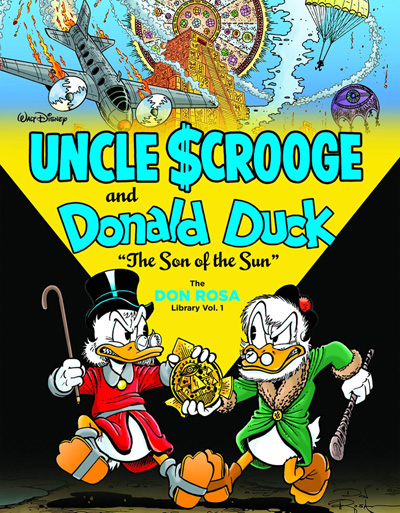
Don Rosa Library Vol. 01: Walt Disney’s Uncle Scrooge & Donald Duck – The Son of the Sun
Disney has a number of fairly tight universes but they are separated by different licenses. For example, you have the traditional characters of Mickey, Donald, Uncle Scrooge, etc. They have a loose universe where the characters meet when the stories call for it but there is not any type of continuity that Marvel and DC has done. Except for Don Rose who is always trying to tie together old stories, mostly in the Duck world, and he does an amazing job if it. There is also the Pixar world, and the world of the Princess, where a great collection of Princess stories just came out, called Disney’s Princess Treasury. It’s almost 800 pages for $20 in full color – a great bargain.
A special mention should be mentioned of the Thunder Agents from the mid-1960s where Wally Wood and friends created a universe that tied together all of their heroes, Thunder Agents, Noman, Dynamo, etc., in a very tight universe. Plus, these were great stories. DC did a number of Archive editions of these comics and IDW is currently reprinting all of these classics in trade paperback.
The early Valiant Universe as put together by Jim Shooter was a great example of a universe that was tightly put together. All of the characters interacted with each other and they all shared the same villains and organizations. The early issues were so tightly done that what happened in one book would be reflected into another book that came out a week later. The downfall of this tight continuity came when Valiant started to expand their universe and they grew beyond the core six to eight books. As the universe grew and gained popularity (and thus the money crunchers demanded more titles to bring in more revenue) the continuity could not be held together. Plus, Shooter was no longer writing all the books. You then had to farm out more and more material outside of their core offices, where a lot of the work was being done. In the ‘90s I visited the Valiant offices quite regularly and you would see a number of books being worked on at all stages, from scripting to penciling to production. It was there where I had the chance to meet and chat with Steve Ditko who was working there at the time. But as with almost all of these great tightly knit universes, success brought their doom.
As a quick aside, in the 2000s, CrossGen Comics fate mirrored Valliant’s almost to a T. They were very successful early on with a few books and had a tight continuity. With the success came a need to expand and the more titles they published, the more the continuity got diluted and the company came to an abrupt halt and died. A shame as the early work was really good.
Perhaps the tightest universe and the longest running is the Archie Universe. The core books (which are soon coming to an end) have run almost seventy five years in the same basic world of Archie, Veronica, Betty, Jughead, Reggie, Moose, and others. There has always been Pop Tate’s Chok’lit Shoppe and Riverdale High and all of the Riverdale highlights. Since Archie is closer to a gag cartoon strip than the traditional superhero world, it really does not fit in with this article, but I thought it should be mentioned as I am such a fan of the classic Archie material.
As you can see, there is a long history of trying unified universes in comics. Most with mixed results. I would argue the early Variant comics were the most unified and best reading. Even though the early Marvel material is also great. Almost all of these shared universes run into the same problem as they expanded the number of titles there were doing and the single visionary (Stan Lee, Jim Shooter, etc.) became over committed and were not able to maintain their vision for the line. All victims of their own success. Of course, this is just a brief overview and there is a lot more that can be said about any of these worlds, both pro and con.
That is it for this blog. Everything I have written here is my opinion and in no way reflects he thoughts or opinions of Westfield Comics or their employees. I encourage you opinions or thoughts and I can be contacted at MFBWAY@AOL.COM. I thank you for the recent comments on my blogs and I look forward to future conversations. Review copies, or general comments are welcome. As always,
Thank you.
Classic comic covers from the Grand Comics Database.
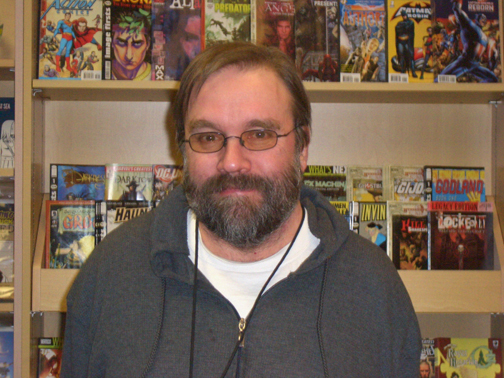
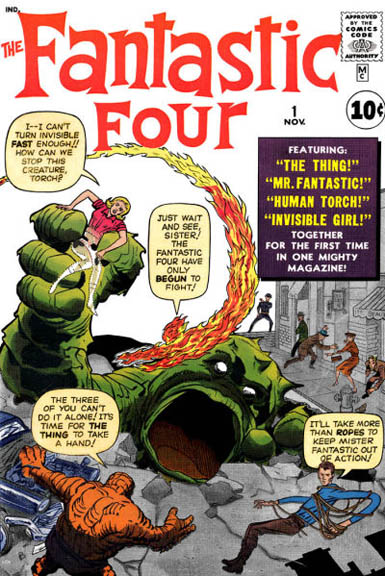
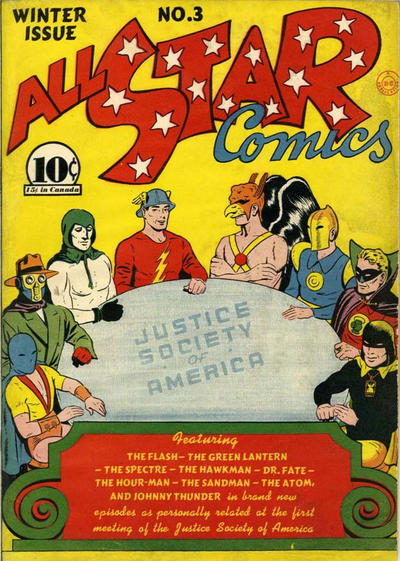
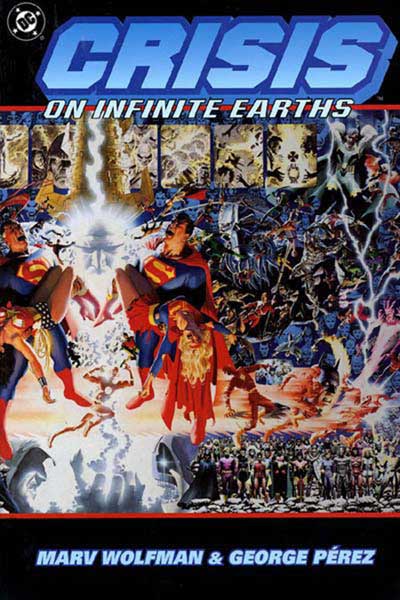

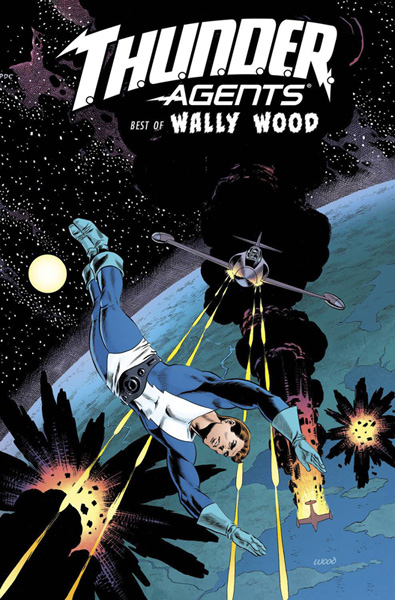



USER COMMENTS
We'd love to hear from you, feel free to add to the discussion!